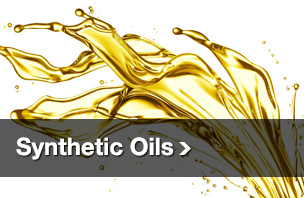Metalworking fluids, commonly referred to as coolants, are essential for machining operations that create metal shavings or fines. Examples include milling, broaching, grinding and turning, to name a few.
Due to the variety of operation types and end products, metalworking fluids cannot be viewed as “one size fits all.” Failure to use the right product for the operation can increase costs of due to a combination of low coolant life and increased use of tooling.
Therefore, a basic understanding of the major fluid types and how they are used is vital for those who want to get the most for their metalworking dollar.
The primary purpose of metalworking fluids is threefold: 1) prevention of heat buildup during machining, 2) lubricity to aid in cutting and prolonging the life of the tooling, and 3) rust prevention.
Depending on the operation, one of these properties may me more important than the others. Many grinding operations, for example, could be done with water only if it were not for the need for rust prevention.
On the other hand, individuals choosing a fluid for a broaching operation will be primarily interested in the lubricity properties while all three are important for turning and milling. Many facilities find it desirable to use the same product across the board in order to better control product cost and inventory. However, those with a wide variety of operation types may find this more easily said than done. The metalworking fluid supplier’s help and advice will prove to be very beneficial in this situation.
Metalworking fluids can be grouped into three primary categories, oil based, semi-synthetics and full synthetics. Straight cutting oil can be used in metalworking but soluble oils are much more common. Semi-synthetics use a combination of soluble oils and synthetic products and are more middle-of-the-road in terms of cost.
As far as performance is concerned, semi-synthetics offer the best of both worlds to a certain extent. Full synthetics, while the most expensive of the three types, can actually result in lower operation costs in the long run due to additives that are better at rejecting tramp oil buildup and bacteria growth.
However, before changing a machine over to a synthetic product, compatibility should be verified as some types of seals and gaskets will not hold up to synthetic coolants. The machine manufacturer is the best source of advice regarding compatibility of the various coolant types.




